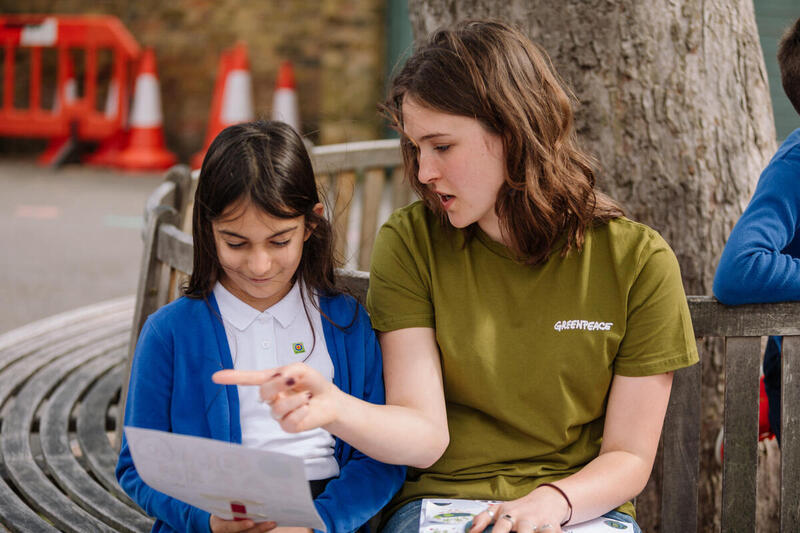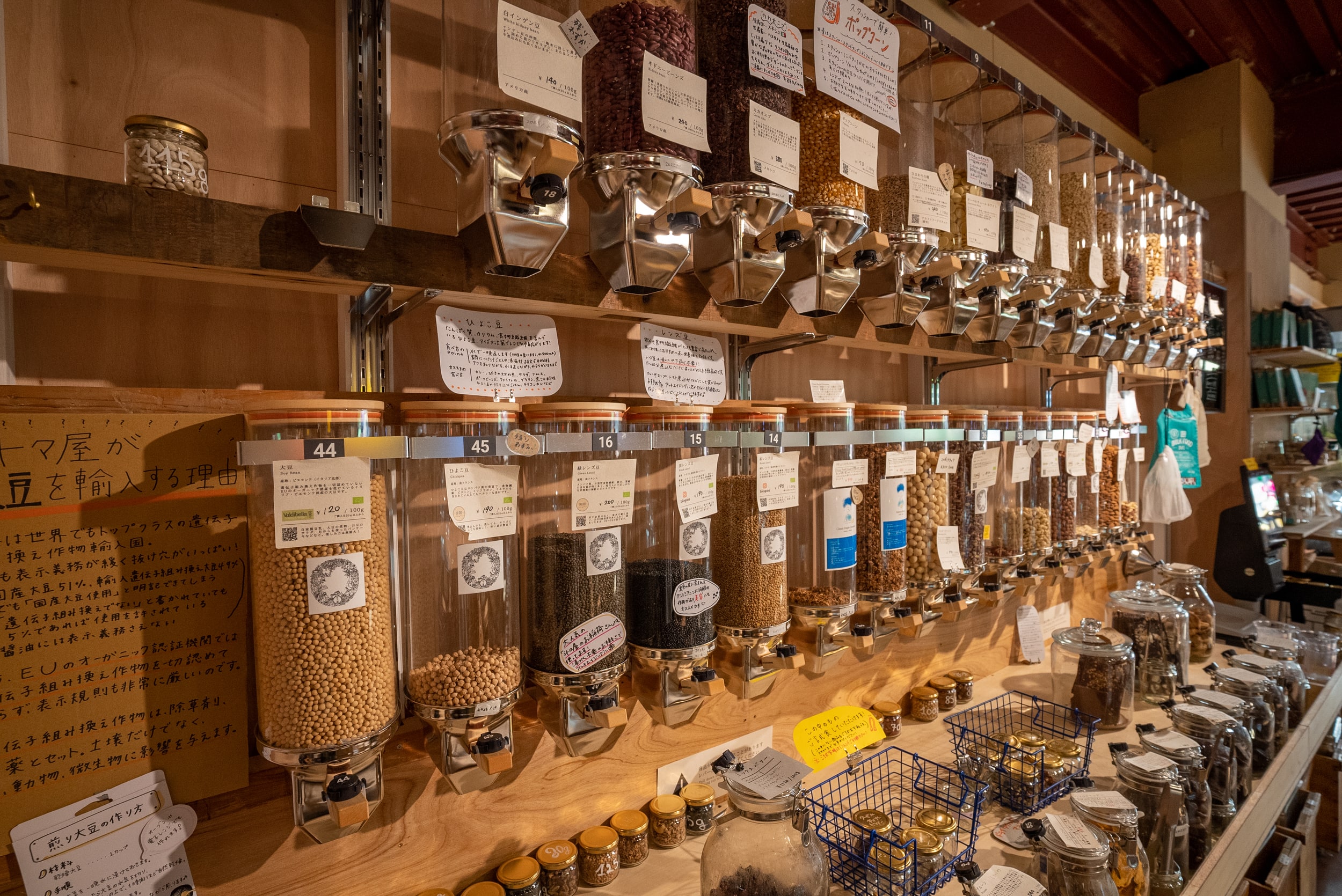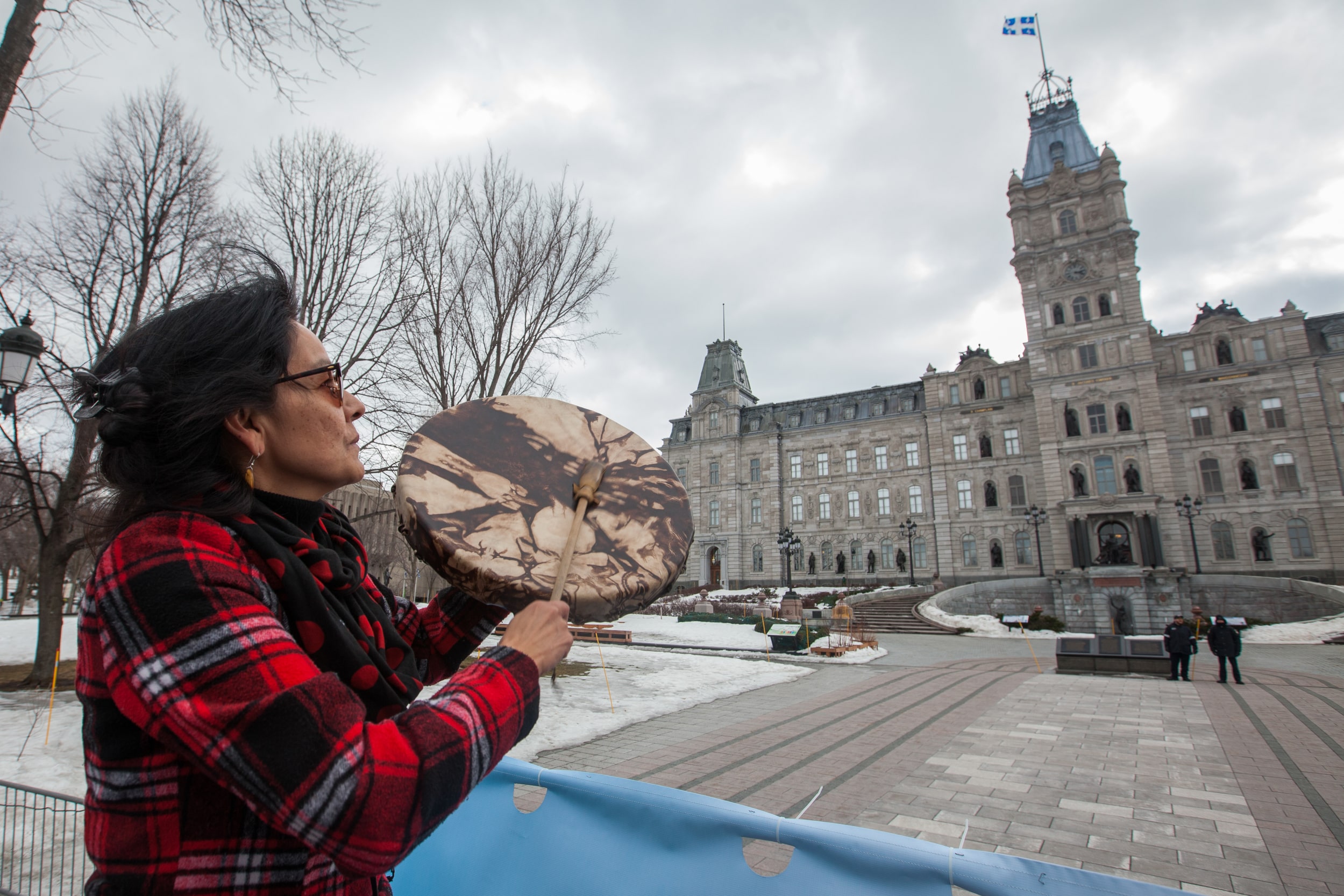The struggle for environmental justice and climate justice is one of the most important of our time. Read on for the things you need to know!
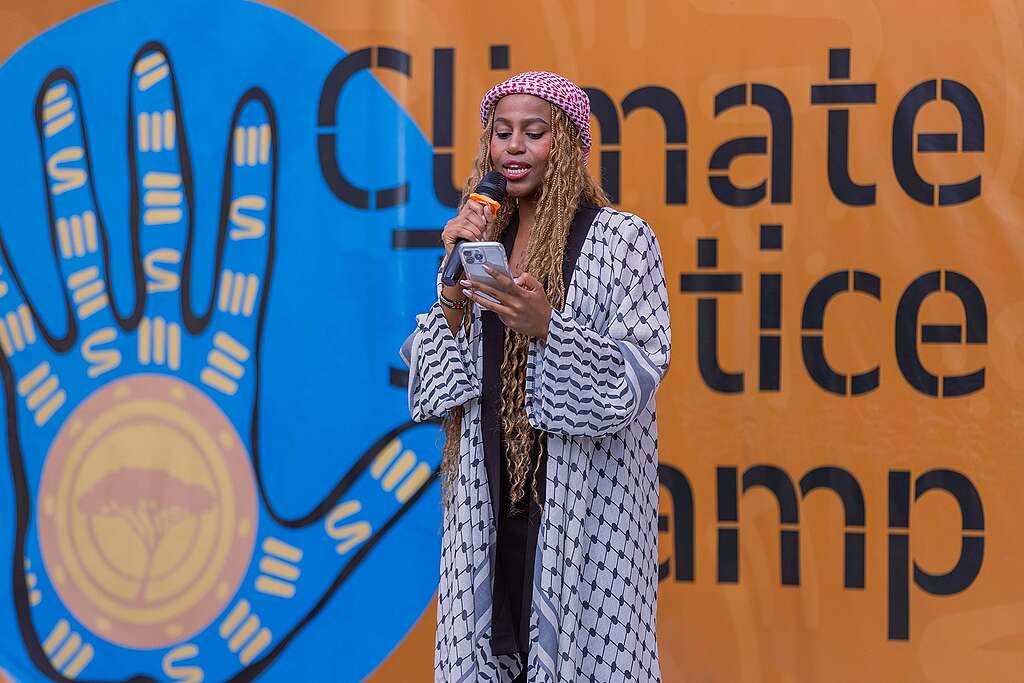
Environmental justice
Everyone has the right to live and work in a clean, safe, and healthy environment. It shouldn’t matter what a person’s race, ability, disability, gender, sexual orientation, income, or nationality is when it comes to how well they are protected from environmental harm.
Unfortunately, that’s not how the world works right now. Pollution and other environmental problems affect some communities more than others, including Black, Indigenous, and people of color (BIPOC) and low-income communities.
We can see examples in many places in Canada. It’s not safe for people to drink the water from their taps in some Indigenous communities. Landfills and dumps are more likely to be near Mi’kmaw and Black communities in Nova Scotia, exposing them to more pollution.
When environmental problems unfairly affect BIPOC communities, it’s called environmental racism.
For real justice to happen, the communities most affected by injustice must have a say in how their communities are shaped. And they must be involved in creating solutions, like new environmental laws, to address existing injustices.
Climate justice
Climate justice is a type of environmental justice with a specific focus. It looks at how climate change doesn’t affect all communities equally, and what can be done to make things more fair.
Low-income countries and communities, BIPOC communities, women, and people with disabilities suffer more during climate disasters, like floods, wildfires, droughts, rising temperatures, and rising seas. Many of the people who are most at risk from climate disasters are the least responsible for causing them.
It’s the richest countries and businesses that have created the most greenhouse gas pollution over time. In fact, they’ve made a lot of their money that way! People working for climate justice are calling on them to take responsibility for what they’ve done by helping the countries and people harmed the most.
A few examples of climate injustice
- Indigenous communities in Canada are more at risk from wildfires because they are more likely to be in remote areas where fires are difficult to reach.
- Seniors, people with disabilities, low-income communities, and people with chronic illnesses are more at risk of developing health problems during heatwaves.
- Young people and people not even born yet will experience greater impacts of climate change as it gets worse in the future.
- The nations that have contributed the least to the climate crisis are suffering the most from its impacts, like extreme weather and rising seas. African countries that contribute so little will have to spend up to five times more on adapting to the climate crisis than on healthcare.
So what does climate justice look like?
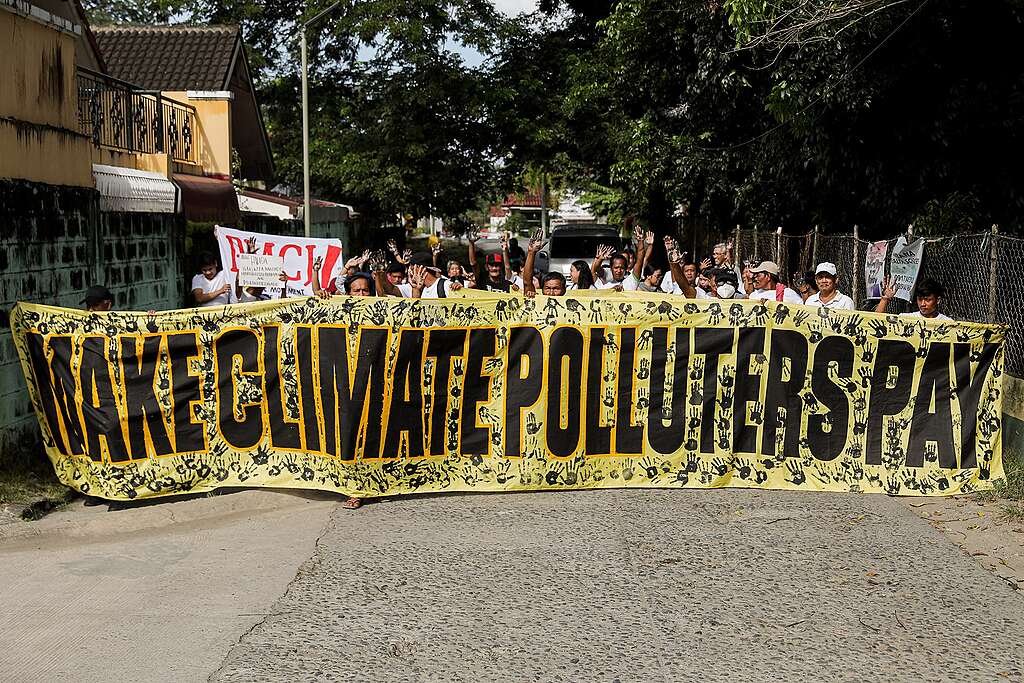
A clear example of climate justice in action is the loss and damage fund, set up by the UN in 2022. This happened after years of pressure from the countries most at risk from climate change.
The fund will give money to those countries to help them recover and adapt. Richer countries, which have contributed more to climate change, have agreed to pay into the fund.
How you can help achieve climate justice
The movement for climate justice calls on corporations and governments to make big changes. You can take action to help push them in the right direction!
1. Learn more about what climate justice looks like by reading Young people vs the climate crisis, Communities on the frontlines of climate change, Why we need to fix the housing crisis and climate crisis at the same time, and What does climate justice look like?
2. Build support for communities on the frontlines of climate change by sharing their stories. Their experiences and voices must be heard to create climate solutions that work for everyone.
3. Hold greenhouse gas polluters, like fossil fuel companies, accountable for climate change. It’s time to demand that they take responsibility and support vulnerable communities.

